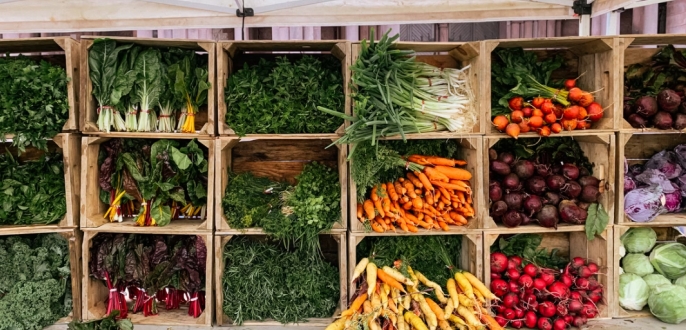This is how we can double food production by 2050
This is how we can double food production by 2050
The Hill
Scott Angle
It’s a collision course: We’ll need to feed another 2 billion people by mid-century, even as climate change threatens our ability to produce food. Georgia, Florida and other Southeastern states must play a central role if we’re to feed the world and simultaneously protect the planet.
If we fail to rise to this challenge, we risk a multitude of problems driven by hungry people. And a new report released from the UN Intergovernmental Panel on Climate Change only heightens the concern.
Our best chance to get off this collision course is through innovation. Scientists are developing technologies with the goal of doubling food production without clearing rainforests or increasing demand on dwindling water supplies.
The Southeast bears a special responsibility to lead the way in addressing this grand challenge. The climate in Southeastern states allows for two or three crops to be grown a year, and there is plenty of water. Florida’s tropical and subtropical climate, in particular, could make its agricultural advances more applicable in regions of the world that share similar climates and that are projected to be among the world’s fastest-growing regions in the next 30 years.
Europe’s focus on sustainability through organic agriculture will limit yields. Australia, China and India’s dearth of rainfall make an increase in food production more challenging. In North America, the northern climes’ short growing season caps food production, and we can see starkly in the “bathtub rings” on Lake Mead and Lake Powell how threatened the West’s water supply is.


